Sweet, elusive sleep… You know the one. You miss it; you crave it; you lose it when you’re kept up at night while you rock your baby for the fourth time…in an hour!. When you have a baby who refuses to sleep or just doesn’t sleep well, it can be difficult to remember that there was ever a time when you slept a full 8 hours. Resorting to googling “how to sleep train your baby” in the middle of the night is a sure sign both you and your baby need some more zzz’s. But with thousands of hits on “how to get your baby to sleep”, the quick fix you dreamed of may still feel elusive.
You are not alone. I too felt like I tried every trick in the book, or multiple books, but my first baby fell for none of them and decided to keep waking every hour on the hour no matter what I tried…until I figured out what I was doing wrong. Once I learned the keys to success, my son began sleeping through the night within a matter of nights. Who knew that’s all it took!
Many people who call me, tell me they’ve tried sleep training and it “just didn’t work”. When I ask more questions, I usually uncover one of a few common reasons why. The good news is, there are solutions and sleep can be restored for your entire family in a matter of days when you know the tricks!
Here are the most common reasons why sleep training fails:
Sleep training fail #1: Your baby is too drowsy at bedtime!
The most common advice is to put your baby in bed “drowsy, but awake.” The problem with this is the nebulous definition of drowsy. Many parents overinterpret “drowsy” and end up rocking, bouncing, holding, feeding, their baby to a point of being basically asleep. This leaves your child in a dazed and confused state when you then suddenly alert them and jerks him awake to lay him in his crib when he has no idea how he got there. Additionally, babies associate falling asleep with wherever they were when they became drowsy—most likely, in your arms. And this sleep association with your arms and not with his crib is the number one cause of night wakings.
Baby sleep pro tip: Put your baby in the crib while still awake. Focus on creating a positive bedtime routine and timing bedtime correctly. If you do that, he will be tired enough to fall asleep more easily on his own. And, more important, he will stay asleep.
Sleep training fail #2: Nursing/Feeding too close to bedtime
If you’re feeding your baby at bedtime, you are creating a sleep association of food and sleep. When this happens, your baby thinks she needs to eat in order to go back to sleep every time she wakes up.
Baby sleep pro tip: Separate feeding from sleep by shifting the feeding to the first part of the bedtime routine. Even doing the feeding outside the nursery can help break a strong food-sleep association. After the feeding, move into the darkened nursery for a 15 minute bedtime routine which can include reading, singing, dancing, massaging.
Sleep training fail #3: Lurking parent
Do you hang out with your baby or toddler until she falls asleep? If you do, you might be making it harder for your baby to go back to sleep on her own—or to fall asleep at all. By sticking around until those little eyelids are closed shut, you allow your baby to associate falling asleep with being next to you. When she awakens at night, she then will logically expect to see you again in order to fall back to sleep, which creates a night waking issue.
Baby sleep pro tip: After your sleep routine, give some final kisses and hugs, linger for less than a minute, and leave the room while your baby is still awake.
Sleep training fail #4: Overuse of sleep crutches, like pacifiers.
I always say, “a pacifier is not a problem until it’s a problem.” And it becomes a problem if you race back to replace a pacifier every 5 minutes. This leads to the pacifier, and by extension, you, becoming a sleep crutch. And again, if he needs your help to fall asleep, he will also need you in the middle of the night should he wake up. If the pacifier helps calm your baby at the beginning of a sleep period, then by all means, use it as a helpful tool. But resist the urge to run back in when it falls out. Instead, leave them to fall asleep on their own once it pops out. This encourages them to find their fingers or other means of self-soothing which in turn will help them when they wake at night when you are not close by.
Baby sleep pro tip: Use a pacifier only if it helps, but don’t replace it when it falls out. Babies older than 6 months can usually learn to replace their own pacifier. Putting several in the crib can make them easier to find and replace on their own.
Sleep training fail #5: You fail to catch your baby’s sleep waves
Catching your baby’s sleep wave is one of the most important parts of helping your baby learn to fall and stay asleep. Our sleep is governed by circadian rhythms, or an internal sleep clock. Putting your baby down at random times or outside of these sleep windows can make it harder for them to both fall– and stay– asleep. Additionally, putting your baby to sleep overtired (or undertired) not only makes it hard to fall asleep, ironically it is the second biggest cause of night and early wakings. Counterintuitively, the more tired they are at bedtime, the more likely they are to wake in the middle of the night. Plus, there’s always more crying from an overtired baby…something we all want to avoid!
Baby sleep pro tip: Time bedtime in sync with your baby’s natural sleep wave and ensure they are getting enough sleep during the day so they are not overtired at bedtime. By 6 months, bedtime can be about an hour and 45 minutes after the end of the 3rd nap, as long as the main two naps are 1-2 hours each. Aim for earlier, if naps are shorter.By 9 months, bedtime can be 3.5 hours after the end of the second nap (the 3rd nap drops by this age). And by 12 months, bedtime can be about 4 hours after the end of the second nap. This usually lands bedtime between 6:30-7:30 for these ages – depending on the times and lengths of the naps. The nap times should also be in sync with their internal clock and catching the sleep waves for naps can also make it easier to fall and stay asleep. Aim for 8:30-9am for the first nap and 12:30-1pm for the second nap- sometimes these naps times need to adjust slightly based on the previous sleep period, but aim to push to these nap windows for a better shot at restorative 1-2 hour naps.
Sleep training fail #6: Lack of consistency
When parents tell me they tried sleep training and it “didn’t work”, the single most common reason is because they were not consistent enough with the process over time. That can mean they only tried for one or two nights or set a time limit for crying of 33 minutes. It can also mean they tried 4 different techniques over 4 days. With experience in helping thousands of families for the last 7 years, I can say with confidence that sleep training can work 100% of the time with both a plan of action and 100% consistency of routines, times, environment, and responses.
Baby sleep pro tip: Sleep training can be hard on all of us – no one loves the idea of their baby crying. Try to keep your eye on the end goal of peaceful bedtimes and uninterrupted night’s sleep to help get through the few days of off schedules and bouts of crying around bedtime and naps. Plan a relaxing or distracting activity for when you leave the room the first few nights of sleep training. Read a book, plug into a mindless reality TV show, do yoga, meditate, bake, or sip a glass of wine. If you have another child, focus on one on one time with them!
If you feel like you’ve tried every trick in the book, or on the internet, to help your baby learn to sleep, and it just isn’t working, and you would like some hand holding to help your whole family sleep better, contact me for help! Within a matter of days, you and your baby will be having sweet dreams!





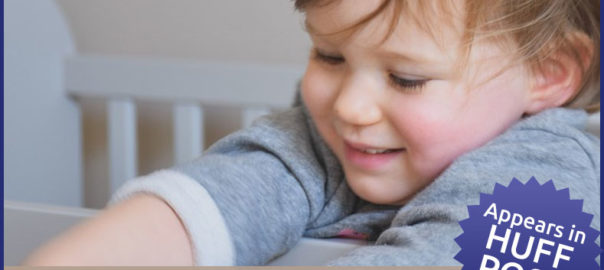
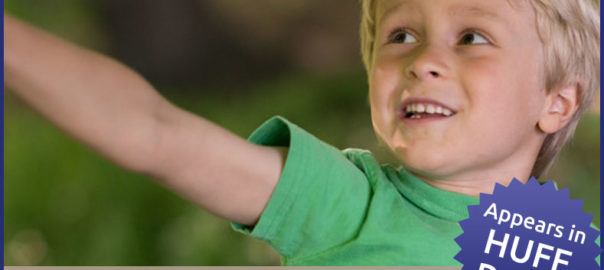

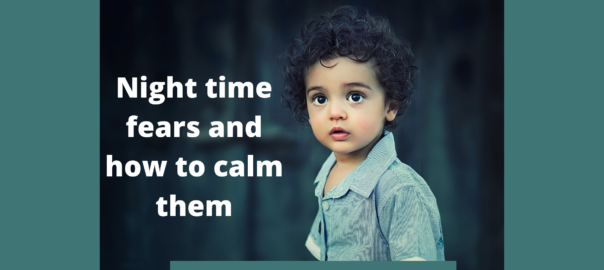

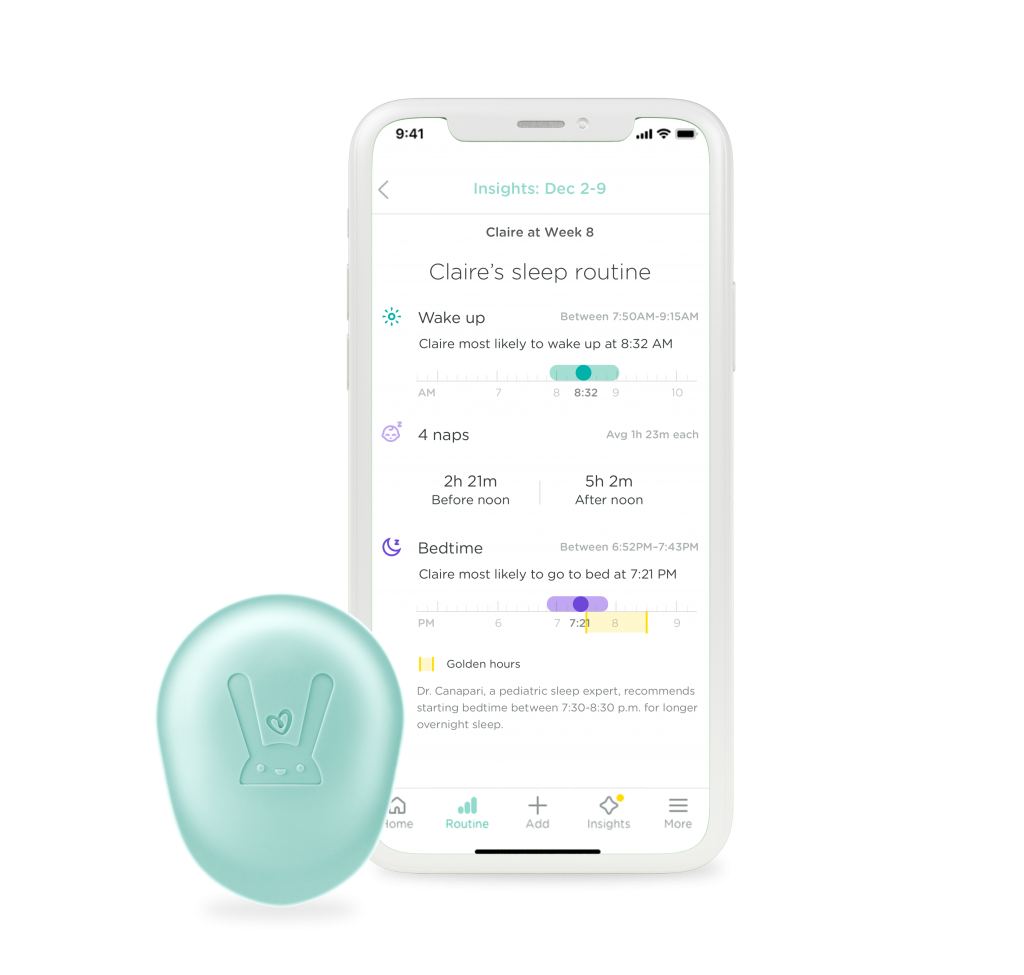









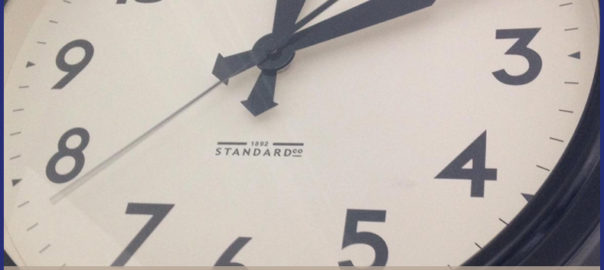
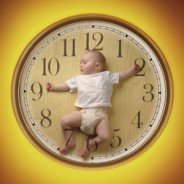




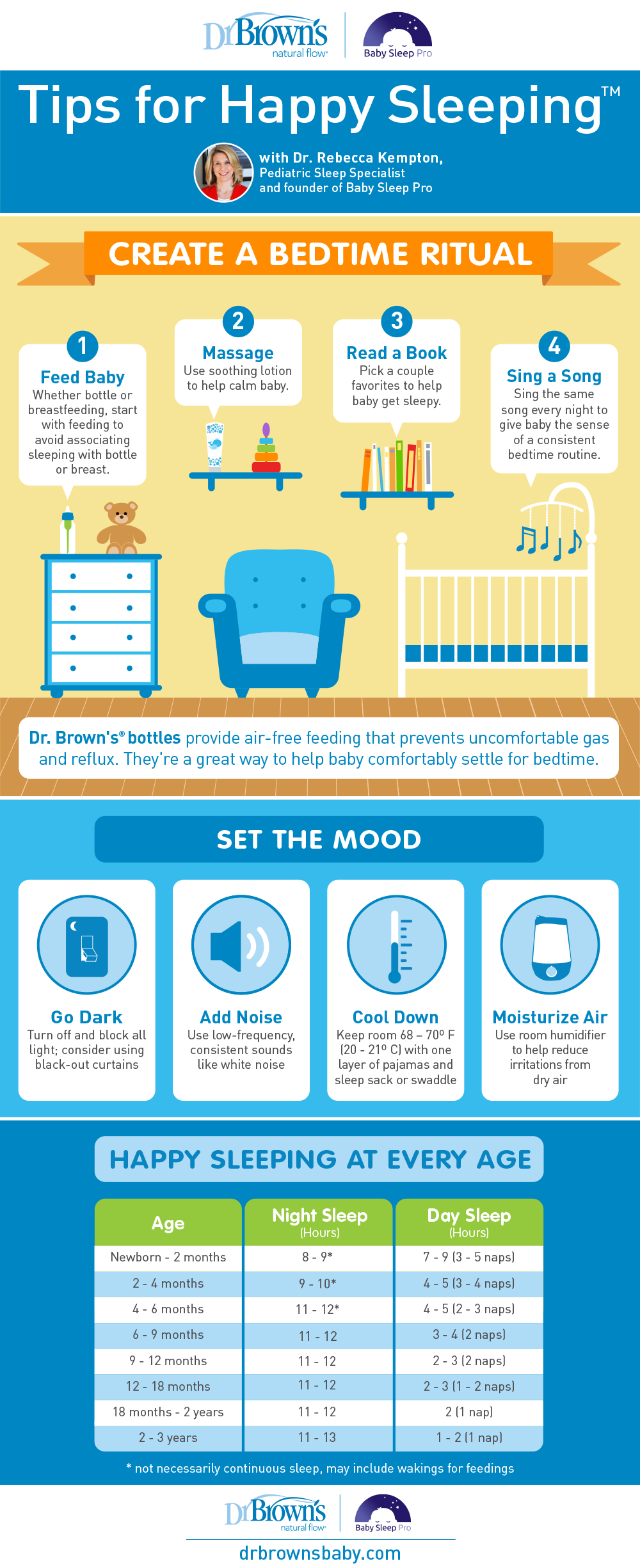
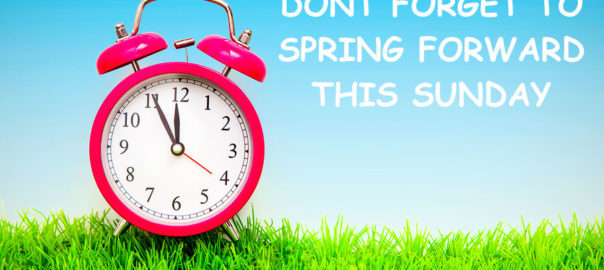



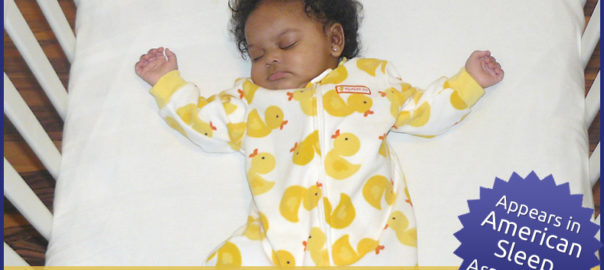


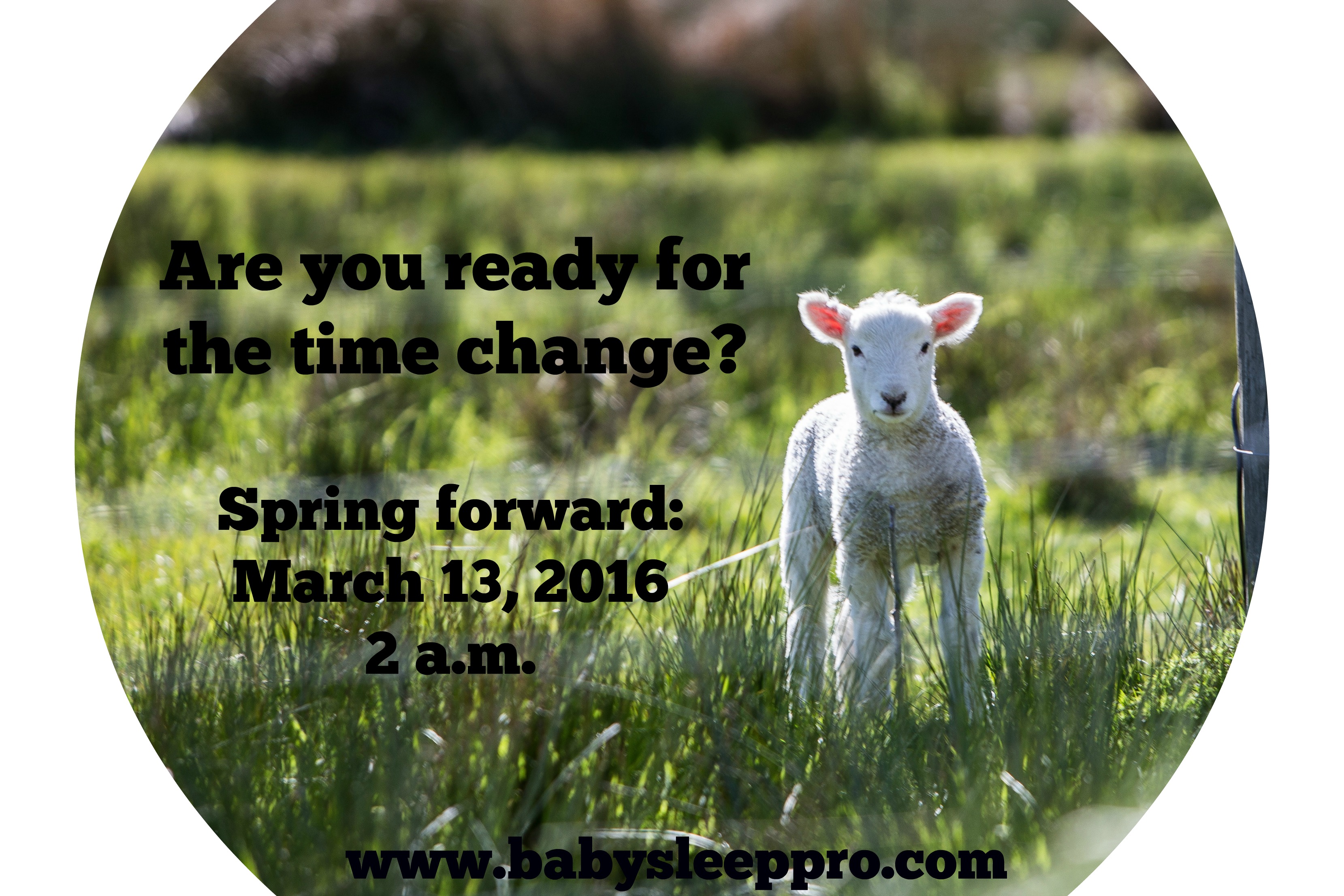
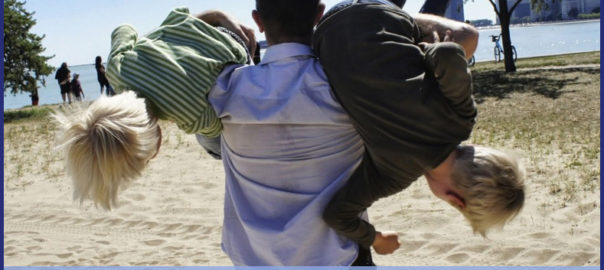
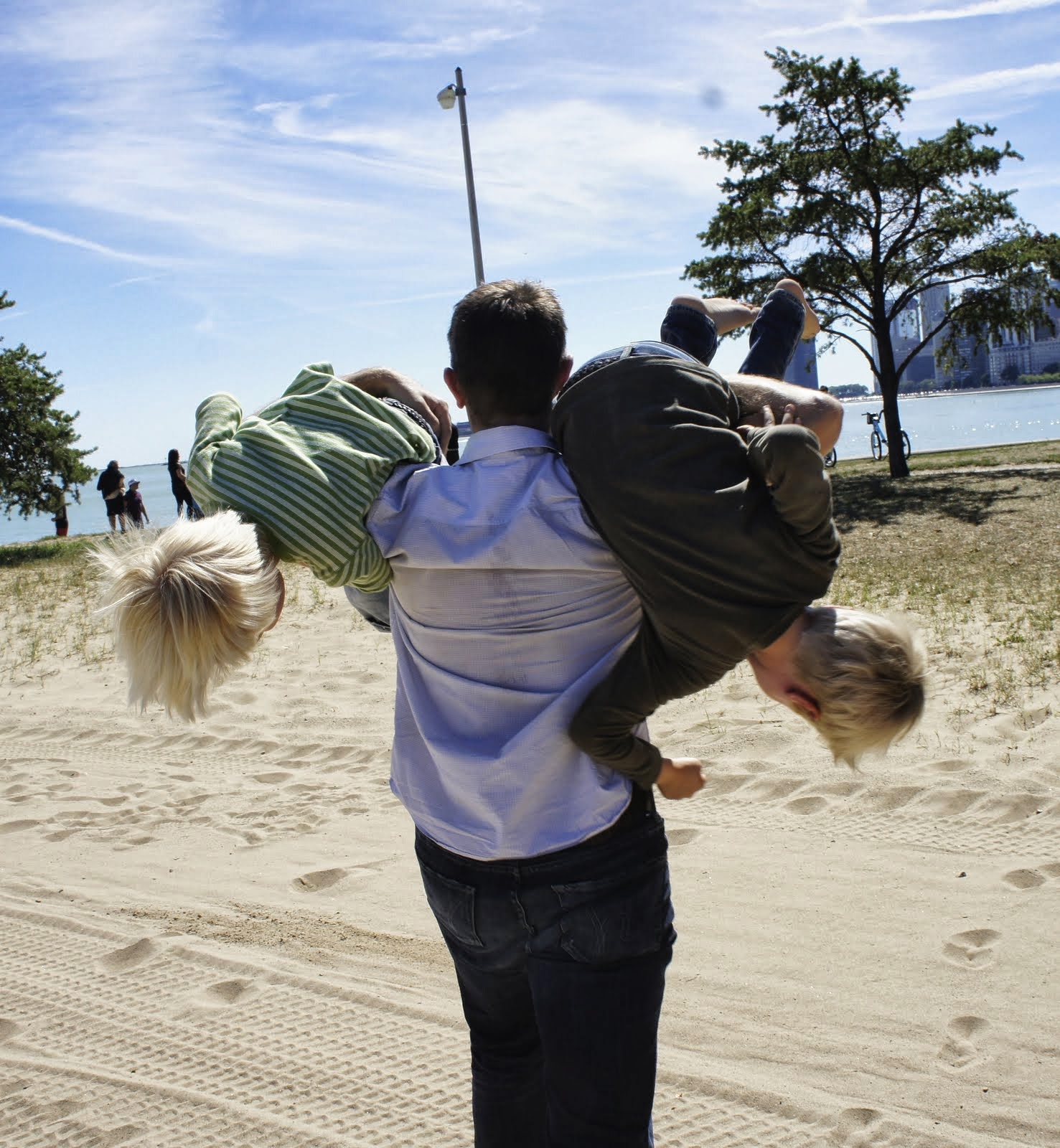








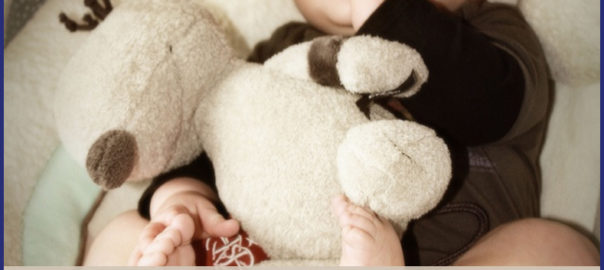
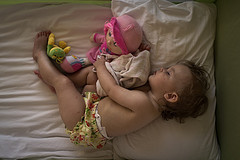
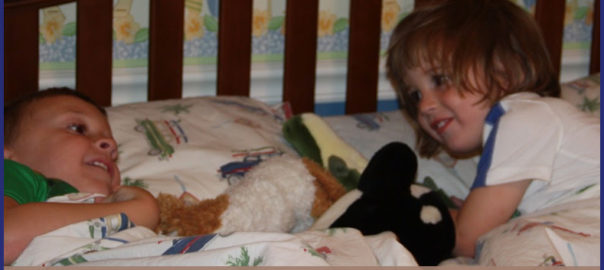

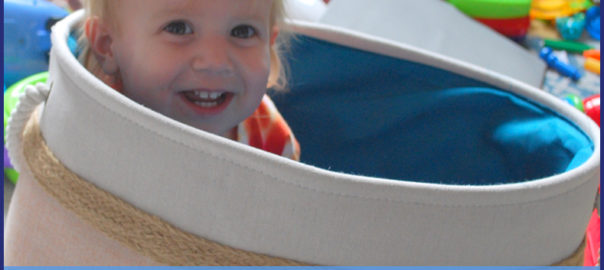
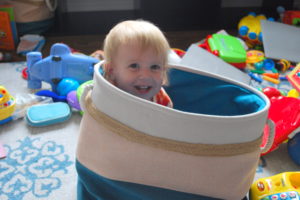
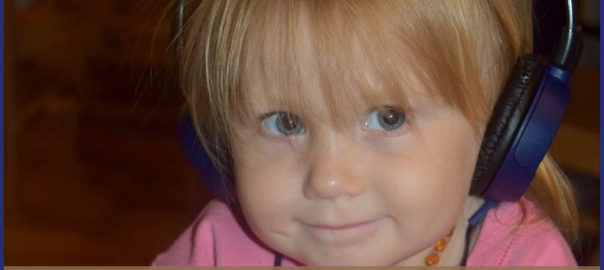


 Let’s be honest: recent
Let’s be honest: recent 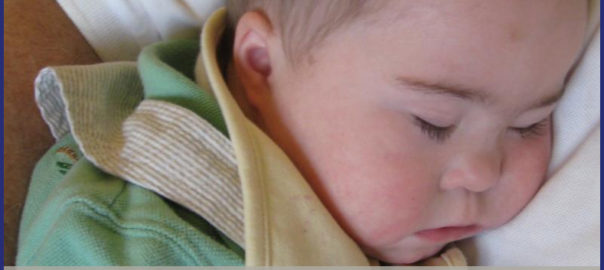
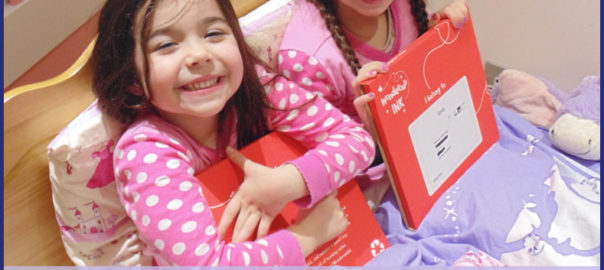
 But a study by the University College London (UCL) analyzing bedtime and its relation to daytime behavior may make parents prioritize getting their kids to bed at a similar time every night. The study of 10,000 children aged 3-7 shows that preschool aged children with erratic bedtimes are more likely to have behavioral problems including hyperactivity,
But a study by the University College London (UCL) analyzing bedtime and its relation to daytime behavior may make parents prioritize getting their kids to bed at a similar time every night. The study of 10,000 children aged 3-7 shows that preschool aged children with erratic bedtimes are more likely to have behavioral problems including hyperactivity,



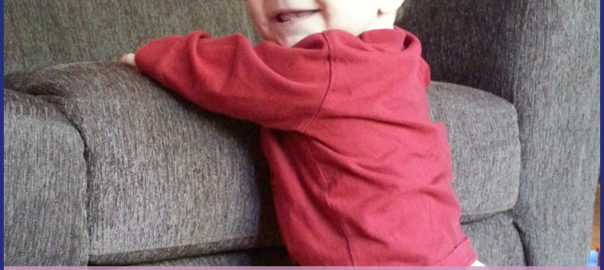
 I am really excited to be the resident pediatric sleep expert for
I am really excited to be the resident pediatric sleep expert for 
